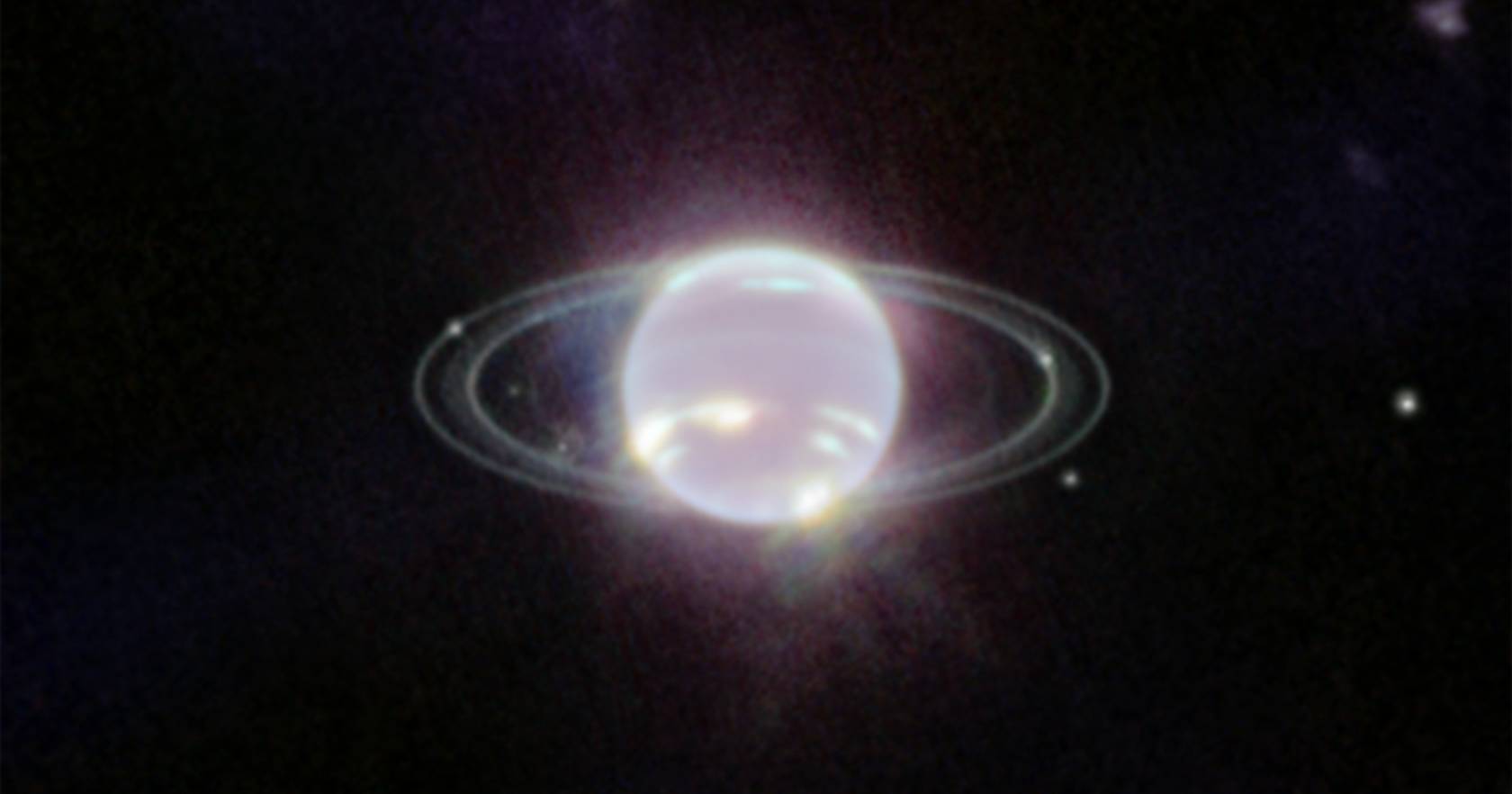Designed to observe galaxies and the farthest stars in the universe, the truth is that the powerful and revolutionary James Webb Space Telescope (JWST) has proven quite effective in studying Earth’s closest neighborhood and is now captivating the world once again. with a wonderful view of the most distant planet in the Solar System.
When one thinks of a planet surrounded by rings, Saturn immediately comes to mind. However, Jupiter, Uranus, and Neptune – that is, all the gas giants that orbit the Sun – also boast ring systems, although they are far less majestic and sparkling. Because they’re weaker, they’re harder to see, but nothing James Webb can’t fix. Having already shown the rings of Jupiter, now is the time to capture the sharper image of Neptune’s rings.
The most surprising thing about this new image of Neptune is that it reveals some of them Ring bands have not been seen since the Voyager 2 spacecraft approached the planet in 1989.
“It’s been three decades since we’ve seen these faint, dusty rings, and this is the first time we’ve seen them in infrared,” says Heidi Hammel, a specialist in the study of Neptune, quoted in a NASA statement.
Discovered in 1846, Neptune has always fascinated scientists, as it is extremely distant, being 30 times further from the Sun than the Earth.
Like Uranus, Neptune is an icy giant, where the temperature is around -220ºC. Compared to Jupiter and Saturn, its atmosphere is much richer in methane than hydrogen or helium, which gives it its blue appearance. .
Here, in this image taken by James Webb, Neptune appears much paler, as the telescope does not operate in visible light but in the infrared spectrum.
In addition to Neptune’s rings, James Webb was also able to photograph seven of the 14 known moons, most notably the largest of all, Triton, which appears as bright as a star in the image.
How can this natural satellite of the farthest world in the Solar System appear so bright? The explanation is simple: Triton’s surface is covered with frozen nitrogen, thus reflecting 70% of the light it receives.
–


